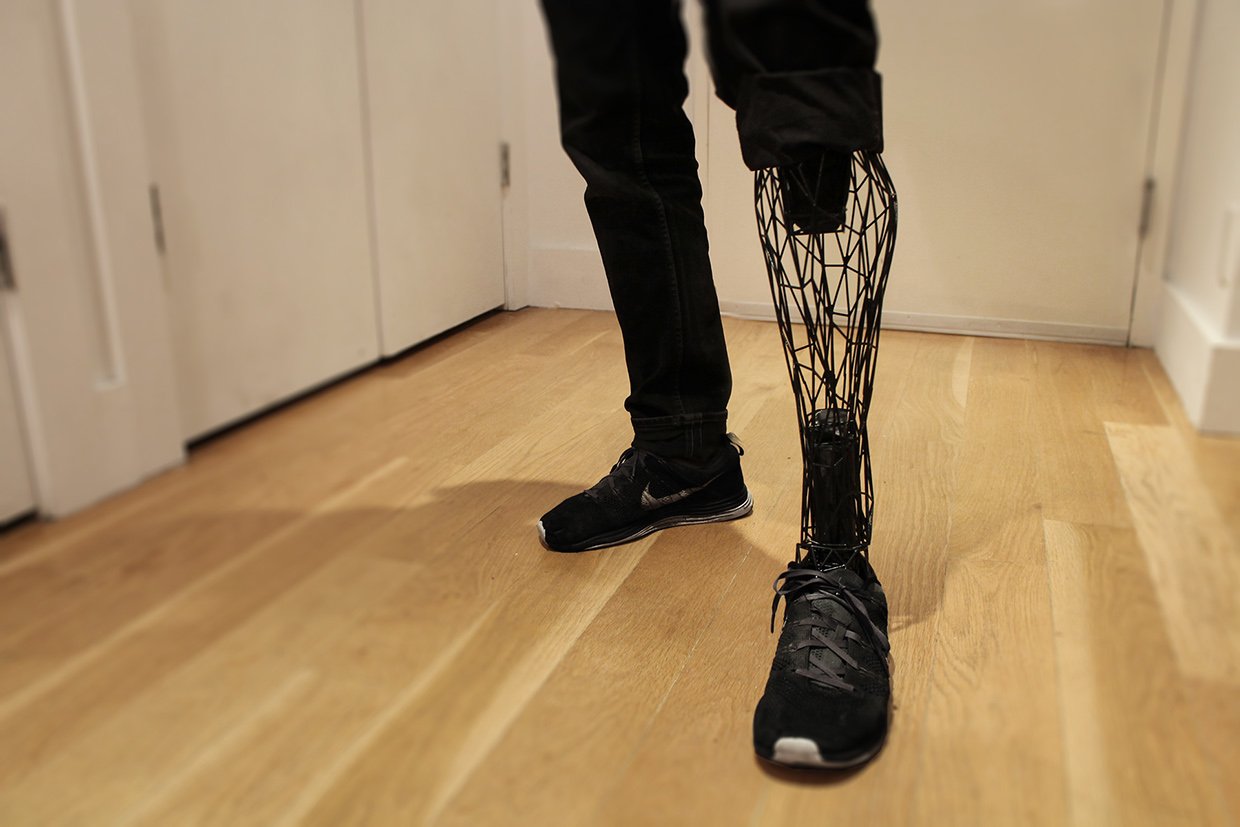Definition of prosthesis – An orthopedic nurse is a nurse who specializes in treating patients with bone, limb, or musculoskeletal disorders. Nonetheless, because orthopedics and trauma typically follow one another, head injuries and infected wounds are frequently treated by orthopedic nurses.
Ensuring that patients receive the proper pre-and post-operative care following surgery is the responsibility of an orthopedic nurse. They play a critical role in the effort to return patients to baseline before admission. Early detection of complications following surgery, including sepsis, compartment syndrome, and site infections, falls under the purview of orthopedic nurses.
Definition of prosthesis
A prosthesis, is an artificial device that replaces a missing body part, which may be lost through trauma, disease, or congenital conditions. Prosthetic amputee rehabilitation is coordinated by an inter-disciplinary team of health care professionals including physiatrists and prosthetists.
Or
A prosthesis is a device designed to replace a missing part of the body or to make a part of the body work better. Diseased or missing eyes, arms, hands, legs, or joints are commonly replaced by prosthetic devices.
Or
Prosthesis is defined as a replacement or substation of a missing or diseased part of the body.
[Ref-John Ebnezar’s, “Orthopedics for Nurses”, 4″ edition, P-793]
Types of prosthesis:
A) On the basis of portion of prosthesis:
1) Endoprosthesis: these are used to replaced joint. Used in internally. E.g. Austin Moor e prosthesis.
2) Exoprosthesis: Externally replaced lost part of the body
B) Based on the duration of use of prosthesis:
1) Temporary prosthesis.
2) Permanent prosthesis

[Ref-John Ebnezar’s, “Orthopedics for Nurses”, 4″ edition, P- 793]
Prosthetic process:
Upon successful healing and control of edema, your physician will most likely prescribe a temporary prosthesis for you. It is very important to inform the practitioner of any goals and aspirations you have. With your goals in mind, the process of prosthetic selection can begin. As a part of your first visit to the prosthetist, your residual limb will be evaluated for any scarring, redness, blisters, or any other problems that might affect the fit and function of a prosthesis.
Your prosthetist will then go over the different options for prosthetic interfaces. Depending on your needs, you and your prosthetist will choose which is best for you. The most common types of prosthetic interfaces include pelite, flexible plastic and gel liners. Each has pros and cons that must be considered. Flexible plastic is a common choice in prosthetic design interfaces. There are many types of plastics available. Flexible plastics are moisture proof, will not compress and provide the ability to make numerous alterations to the fit of the prosthesis.
They are very durable but do not offer the same amount of cushioning that gel liners do. Probably the most common type of interface is the gel liner. These liners are worn directly against the skin to provide cushioning while still allowing the ability for socket adjustments. It is important to understand that because the liner is worn directly against the skin they must be washed on a daily basis and allowed to dry thoroughly before reapplying.
There are many different types of gel liners available and your prosthetist will work with you to choose the best one for you. After the socket design and interface choices are made, the prosthetist will take a series of measurements from your residual limb that will be used in the fabrication process.

Your prosthetist will then take an impression of the limb using plaster wrap. It is from this impression that your prosthetic socket will be fabricated. This visit with the prosthetist usually takes about one hour. Following the visit, your prosthetist will schedule an appointment for you to be seen back in the office for check socket fitting in about one
Prosthetic Follow up:
After you receive your temporary prosthesis, your prosthetist will provide you with follow up appointments. It is imperative that you maintain these appointments and follow any instructions given to you by your prosthetist. Some of your obligations in between appointments will be sock management, hygiene, skin assessment, and exercises. Follow up appointments are usually made once a week after receiving your temporary prosthesis. These appointments allow your prosthetist to monitor any changes in your residual limb, and proactively manage any issues that may arise. After the first two months, the follow up appointments are less stringent, and are usually on an needed basis.
Prosthetic hygiene:
You should wash your residual limb on a daily basis to help prevent the accumulation of bacteria or development of cysts or pimples. Simply wash your residual limb with warm water and a mild soap. The soap should be fragrance free to prevent any skin irritation. A good soap to start with is the same brand you use to wash the rest of your body with. If this does not work for you, consult your physician or a dermatologist for other recommendations.
Always be sure to rinse thoroughly and remove any residual soap from your limb. When drying, try to pat with a towel rather than rubbing the limb. While this action is soothing to some people’s limbs, it is irritating to others. During this process you should check your skin for any abnormalities such as redness, blisters or anything that is otherwise abnormal to you. Any signs of prolonged redness or soreness should be reported to your healthcare provider right away. Early identification of problems tends to result in less complication. If something does not appear to be normal, always ask a professional.
Upper limb Prosthetic devices:

Lower limb Prosthetic device:

Read more:
